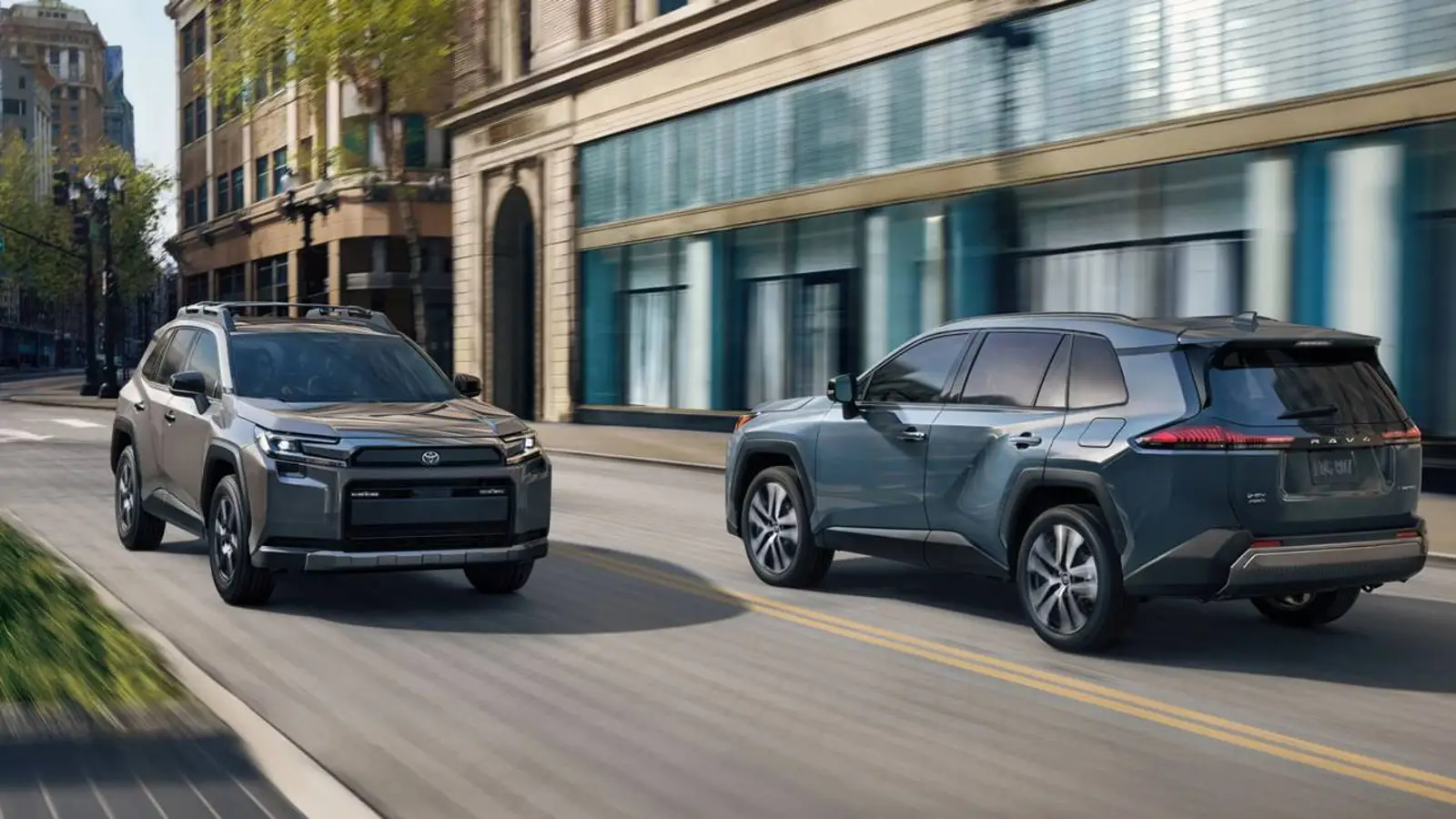2026 Subaru Outback vs Toyota RAV4: design, power, tech

Subaru Outback and Toyota RAV4, both for the 2026 model year, represent two very different philosophies in the crossover space. They diverge in design, technology, and intended use, underscoring just how varied buyer priorities are in this class.
Design
Subaru Outback 2026 keeps the familiar family all-terrain look with a larger body and an upright profile typical of recent Subaru models. The stance reads confident even off the pavement, thanks to extra ground clearance and large wheels. Designers leaned into the classic cues and layered in modern touches like LED headlights and a bold grille.
By contrast, the Toyota RAV4 2026 aims squarely at urban appeal. Its compact footprint and aerodynamic lines make it easy to thread through city traffic and slot into tight spaces. The minimalist exterior telegraphs a contemporary, city-forward approach to design.
Suspension and Drivetrain
The Subaru Outback 2026 comes with AWD, a setup known for reliability and effectiveness when the road turns challenging. It also offers X-Mode, which optimizes suspension and engine settings for trails or snowy conditions. Standard ground clearance is 8.7 inches, while the Wilderness variant bumps that to 9.5 inches—just the sort of spec that encourages venturing farther off the beaten path.
The Toyota RAV4 2026 defaults to front-wheel drive (FWD), with AWD available as an option. Hybrid technology underpins both versions, delivering strong fuel efficiency without sacrificing usable performance.
Engines and Power
The base Outback uses a 2.5-liter engine rated at 180 horsepower, providing smooth operation and enough pull for everyday use. For buyers who want more urge, a turbocharged 2.4-liter with 260 horsepower is available and tackles heavier demands with ease.
The RAV4 2026 comes in several configurations. The front-drive model makes 226 hp, while the all-wheel-drive version is rated at 236 hp. The Plug-in Hybrid Electric Vehicle (PHEV) tops the range at 320 hp and sprints from zero to 60 mph in 5.6 seconds, a set of numbers that pairs pace with a greener brief.
Driver Assistance and Automated Driving
Beyond the usual comfort and convenience features, both models bring a full suite of driver aids. The Subaru Outback 2026 stands out with a hands-off automated driving function. It works as an advanced steering assistant that can manage the car for extended stretches, and it’s complemented by additional active safety systems to bolster peace of mind.
The Toyota RAV4 2026 likewise offers a broad roster of assists, including adaptive cruise control, automatic emergency braking, and collision warnings. Here the emphasis skews toward safety enhancements rather than hands-off capability.
Interior and Multimedia
Inside, the two automakers take different tacks. The Subaru Outback 2026 centers on a 12.1-inch touchscreen with the Starlink infotainment system. The interface is straightforward and quick to learn, putting key information and settings close at hand.
The Toyota RAV4 2026 uses a slightly smaller screen yet still makes core features easy to reach. The layout is less showy, but it covers daily needs cleanly and without fuss.
Conclusion
All told, the Subaru Outback 2026 projects the image of a dependable, family-friendly crossover with real all-road ability—equally at ease in town and well beyond the asphalt. Its larger size, stronger engine option, and robust tech suite reinforce that brief.
The Toyota RAV4 2026, on the other hand, is tailored for comfortable commuting in the city and suburbs. The focus is on fuel efficiency and advanced hybrid solutions that keep running costs in check while meeting higher environmental expectations.